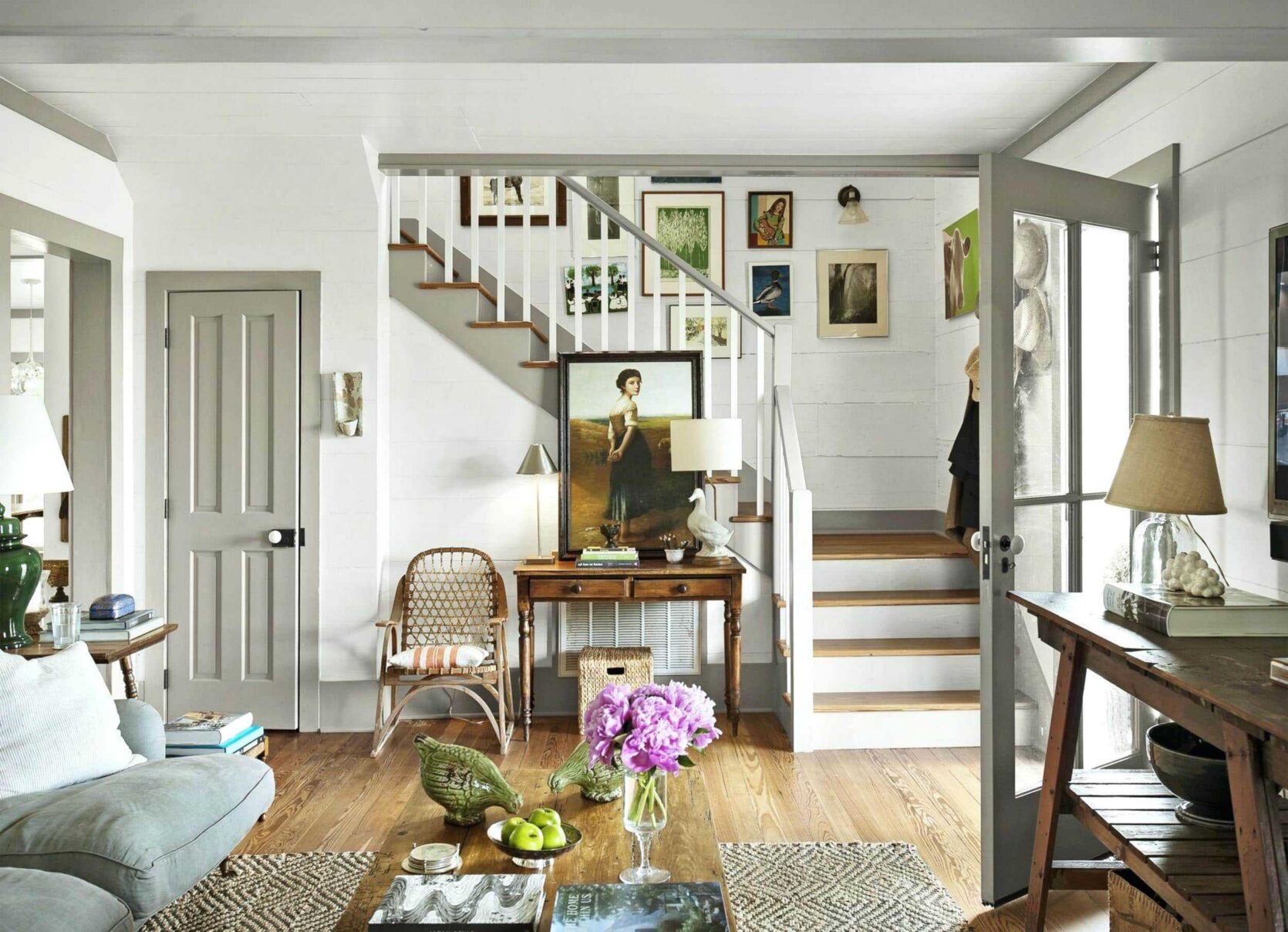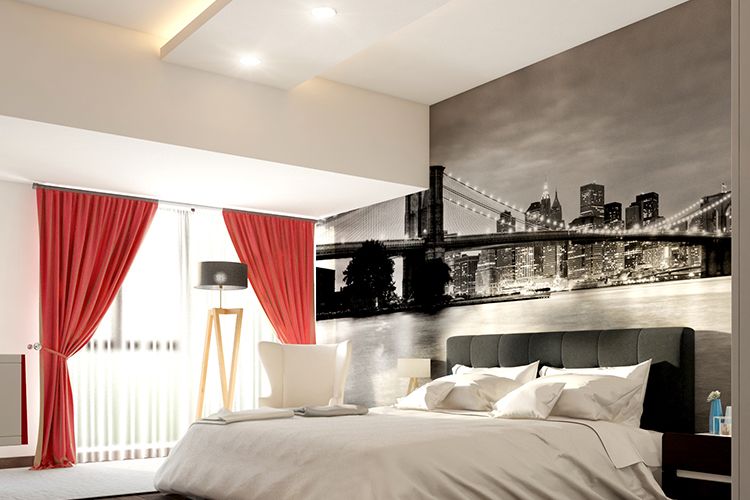Why Does Your White Trim Look Yellow? Fix It With These 15 Sherwin Williams Shades
If your white trim is starting to look more yellow than bright and fresh, you’re not imagining things—and you’re definitely not alone. Over time, even the crispest, cleanest white can start to fade, warm up, or turn downright dingy, leaving your space feeling older and less polished than it should.
Maybe it’s your baseboards, crown molding, or window casings. You painted them white years ago, and they looked great—sleek, clean, and classic. But now? They’re giving off a soft yellow or beige tone that wasn’t part of the plan. This subtle discoloration can throw off the whole vibe of a room, especially if your walls are a cool tone or if you’re trying to maintain a light, airy aesthetic.
The cause might be anything from aging oil-based paint and poor lighting to environmental factors like heat and smoke exposure. Whatever the reason, one thing’s for sure: yellowing trim can seriously dull your interior style.
But don’t worry—this is one of those design dilemmas that’s actually pretty easy to fix. All it takes is the right approach and, most importantly, the right white paint. And no, not all whites are created equal. Choosing the wrong white—too creamy, too cool, or too stark—can actually make the yellowing worse or feel out of place with your other design elements.
That’s where Sherwin-Williams comes in. Known for their ultra-reliable color options and professional-quality finishes, they offer a wide range of white paint shades that are specifically designed to stay crisp, clean, and non-yellowing over time. Whether you’re going for a warm and cozy feel or a sleek modern edge, there’s a Sherwin-Williams white that can work wonders on your trim.

- Why your white trim turns yellow in the first place
- How to fix it (with or without repainting everything)
- The 15 best Sherwin-Williams white paint shades for clean, non-yellowing trim
- Advanced tips for choosing the right white based on lighting, undertones, and your wall color
- A helpful FAQ section to answer the most common paint questions
- Final tips for getting that flawless, polished finish
So if your trim’s looking a little tired or off-color, keep reading. We’ve got everything you need to make it look brand new—and stay that way. Let’s bring that fresh, clean look back into your home, one coat of paint at a time.
Why Does White Trim Turn Yellow Over Time?
:max_bytes(150000):strip_icc()/UpLcCL3o-97c233ae76fa45358882534fc7763e42.jpeg)
Oil-based paint aging: Older oil-based paints yellow naturally as they age, especially in low-light areas.
- Exposure to UV light: Lack of natural light can actually speed up yellowing—especially on trims behind furniture or in corners.
- Heat or smoke exposure: If your trim is near vents, radiators, or in kitchens, it can yellow faster due to heat and airborne particles.
- Poor quality paint: Cheaper paints with lower pigment levels tend to discolor more quickly over time.
- No topcoat protection: In high-traffic areas, white trim that isn’t sealed can pick up grime, dust, and grease more easily.
How to Fix Yellowing Trim (Without Repainting Your Whole Room)

If your white trim has started to turn yellow, you’re not alone. Over time, even the brightest white paint can start to look dingy or creamy, especially in areas exposed to sunlight, smoke, or oil-based paints. The good news? You don’t necessarily need to repaint your entire room to fix it. There are a few simple ways to restore your trim’s crisp, clean look without going all-in on a major paint project.
First, figure out what’s causing the yellowing. If your trim was originally painted with oil-based paint, it’s likely just aging naturally. Oil-based paints tend to yellow over time, especially in low-light or poorly ventilated spaces. Heat, grease, and exposure to nicotine or candle smoke can also cause discoloration. Once you know the cause, it’s easier to choose the best fix.
Start by giving your trim a deep clean. Sometimes, what looks like yellowing is actually just a buildup of grime. Use a mix of warm water, mild dish soap, and a soft sponge or cloth to gently scrub the surface. Avoid harsh chemicals that could damage the paint. For tougher spots, especially around kitchens or fireplaces, try adding a bit of white vinegar or baking soda paste to lift any oily residue.
If cleaning doesn’t help, you might consider using a whitening product. Magic erasers can be surprisingly effective at lifting surface discoloration without damaging the paint underneath. There are also specialty trim cleaners available at most home improvement stores that are designed to brighten up yellowed paint.
Another option is to touch up the trim using a matching paint. You don’t have to repaint the entire room—just grab a small brush and carefully refresh the discolored areas. If your original paint was oil-based, try switching to a high-quality water-based enamel for better long-term color retention. Just make sure to lightly sand and prime first if you’re painting over oil with latex.
Tips for Painting or Repainting White Trim

When painting or repainting white trim, start by choosing the right type of paint. A high-quality, semi-gloss or satin finish is ideal—it’s durable, easy to clean, and highlights architectural details beautifully. Before you begin, thoroughly clean the trim to remove dust, grease, or old residue. Then lightly sand the surface to help the new paint adhere better. Don’t skip the primer, especially if you’re covering oil-based paint or going over stained wood. A bonding primer will ensure a smooth, even finish and help prevent future yellowing.
Use painter’s tape to protect your walls and flooring, and take your time cutting in along edges with a high-quality angled brush. Apply paint in long, smooth strokes, working with the grain of the wood. Two thin coats usually give the best result—avoid thick layers that can lead to drips or uneven texture. Let each coat dry fully before applying the next. And if you’re updating previously yellowed trim, consider using a non-yellowing acrylic latex enamel for lasting brightness and a crisp, modern look.
Advanced Color Pairing Tips

Pairing colors successfully goes beyond just picking two shades that look good together—it’s about creating a balanced mood and flow throughout your space. Start by understanding undertones. Even neutral colors like white, gray, or beige have warm or cool undertones that can either clash or harmonize with your other decor. For example, pairing a warm white trim with cool gray walls can feel off, while a crisp, cool white will align much better. Always test swatches together in the actual lighting of your room, as natural and artificial light can drastically change how colors appear.
Don’t be afraid to layer different tones of the same color family for depth—like combining soft dove gray walls with a deeper charcoal accent and clean white trim. This adds sophistication without overwhelming the room. If you’re working with bolder colors, ground them with neutrals to prevent the space from feeling chaotic. A navy wall looks striking with bright white trim, while muted earthy tones pair well with off-white or creamy finishes. And for a more curated look, repeat one or two accent colors throughout the room—in textiles, artwork, or decor—to tie everything together visually.
Table of Contents
FAQ: White Trim Yellowing + Paint Selection
Why does my trim look yellow when the paint is white?
It’s usually because of aging oil-based paint, lack of UV light, or heat/smoke exposure. Even if your paint was white originally, it can shift over time.
Can I paint over yellowed trim without sanding it down?
Only if the surface is smooth and not flaking. Otherwise, light sanding and priming are recommended for the best results.
Is oil-based paint better for trim?
Not necessarily. Water-based paints are more modern, dry faster, don’t smell as strong, and won’t yellow over time.
Should trim be brighter than the walls?
Most designers prefer a slightly brighter trim to add crispness and contrast, especially in neutral or colored rooms.
What finish should I use on trim?
Semi-gloss is the most popular because it’s durable, easy to clean, and reflects light beautifully. Satin works too for a softer look.
How do I know which white will work with my wall color?
Look at the undertones—cool whites go best with blues, grays, and blacks. Warm whites work better with beige, taupe, and earth tones.
Final Thoughts: Bring Your White Trim Back to Life
Your trim might be yellowing, but that doesn’t mean your whole space is doomed to look dated. With just a little paint and the right shade of white, you can completely transform the look and feel of a room.
Sherwin-Williams has plenty of whites that are crisp, modern, and durable—no yellowing in sight. Whether you want something stark and bright like High Reflective White or cozy and classic like Alabaster, there’s a perfect option to breathe new life into your trim.
